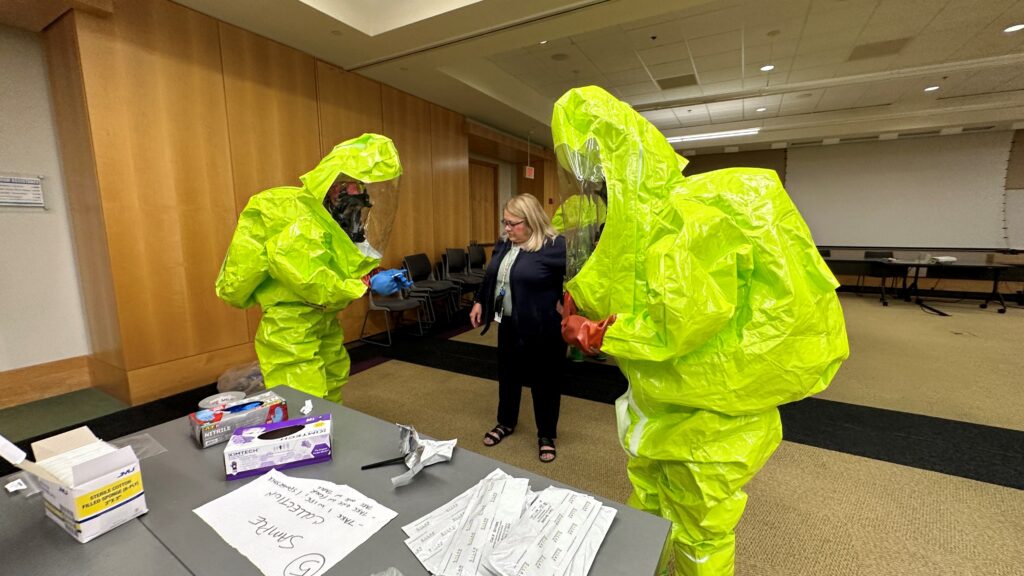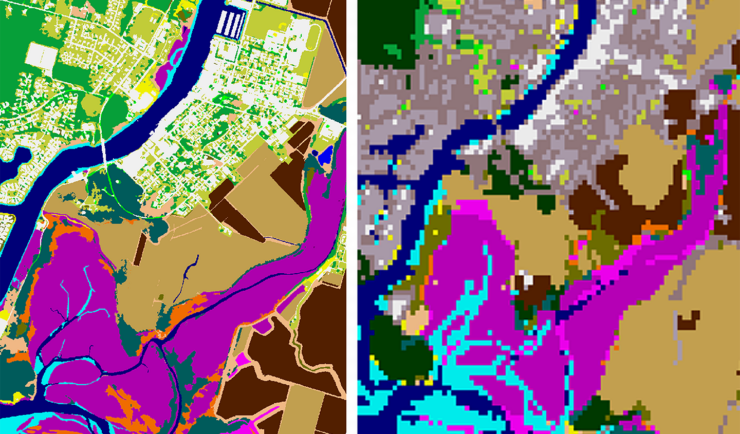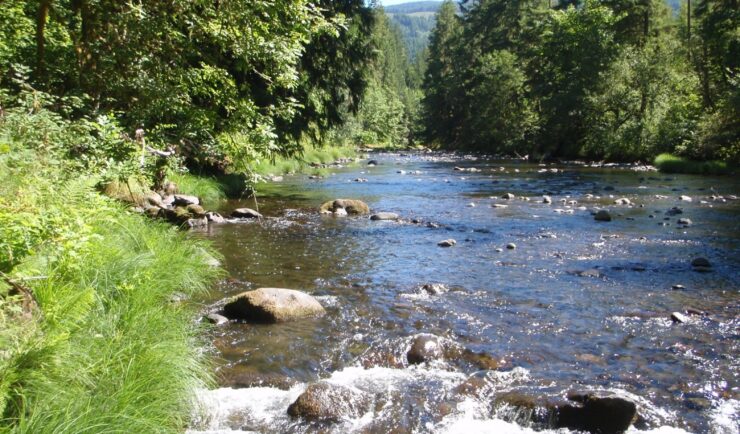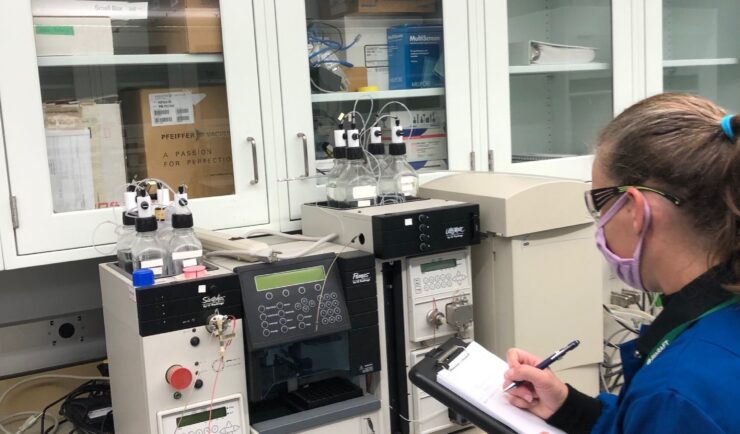

CSS scientists supporting the Environmental Protection Agency’s (EPA) Scientific and Technical Assistance for Consequence Management (STACM) contract are experienced in EPA’s emergency response efforts, both natural and manmade. To help EPA staff prepare for these emergency response efforts, CSS staff provide yearly response training. The training includes review of respiratory protection equipment, operation checks, a review of Level C, B, and A personal protective equipment (PPE). The various levels of PPE required for hazard response personnel provide increasing protection based on the hazardous material personnel are addressing. Level D provides minimum protect required using equipment such as gloves, coveralls, safety glasses, face shields, and chemical-resistant steel-toed shoes. Level A provides the highest level of protection for when the greatest hazard potential exists.
This equipment includes positive pressure, full face-piece self-contained breathing apparatus (SCBA); totally encapsulated chemical- and vapor-protective suit; inner and outer chemical-resistant gloves; and disposable protective suit, gloves, and boots. During the training, CSS staff have EPA personnel with the opportunity to try on and test the Level A PPE to try and complete some dexterity tasks, which adds some fun and entertainment to the training.

See More CSS Insights

New Heavily Desired High Resolution Land Cover Data for the U.S.
The National Oceanic and Atmospheric Administration recently announced the launch of the long desired high-resolution coastal land cover data. This highly anticipated data are available for most coastal areas of the U.S., including Alaska and the U.S. territories. CSS employee owners contributed to the release of this data set by participating in production activities and…

Developing a Stream Assessment Protocol
CSS has been a significant contributor to the development and implementation of the Oregon Stream Function Assessment Method (SFAM) for more than 10 years. SFAM is a key component of the Oregon Stream Mitigation Program administered by the Oregon Department of State Lands. The mitigation program is designed to address damage to aquatic resources caused…

Supporting Safety In Higher Education Laboratories
In the past two years we’ve expanded our safety portfolio to supporting colleges and universities, ensuring their laboratories meet industrial hygiene and safety standards. Our staff member leading the effort is a Certified Industrial Hygienist (CIH) and Certified Safety Professional (CSP), and member of the Remote Industrial Hygiene and Safety Support Team. Our short-term projects…
